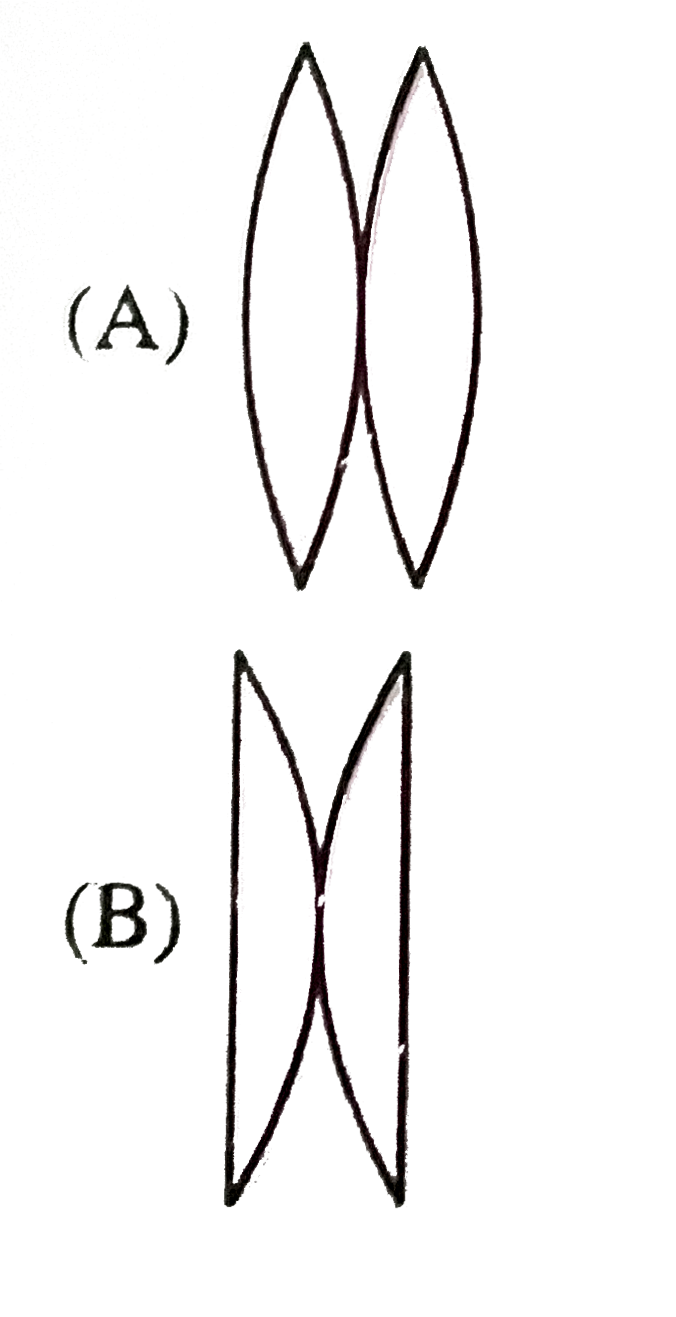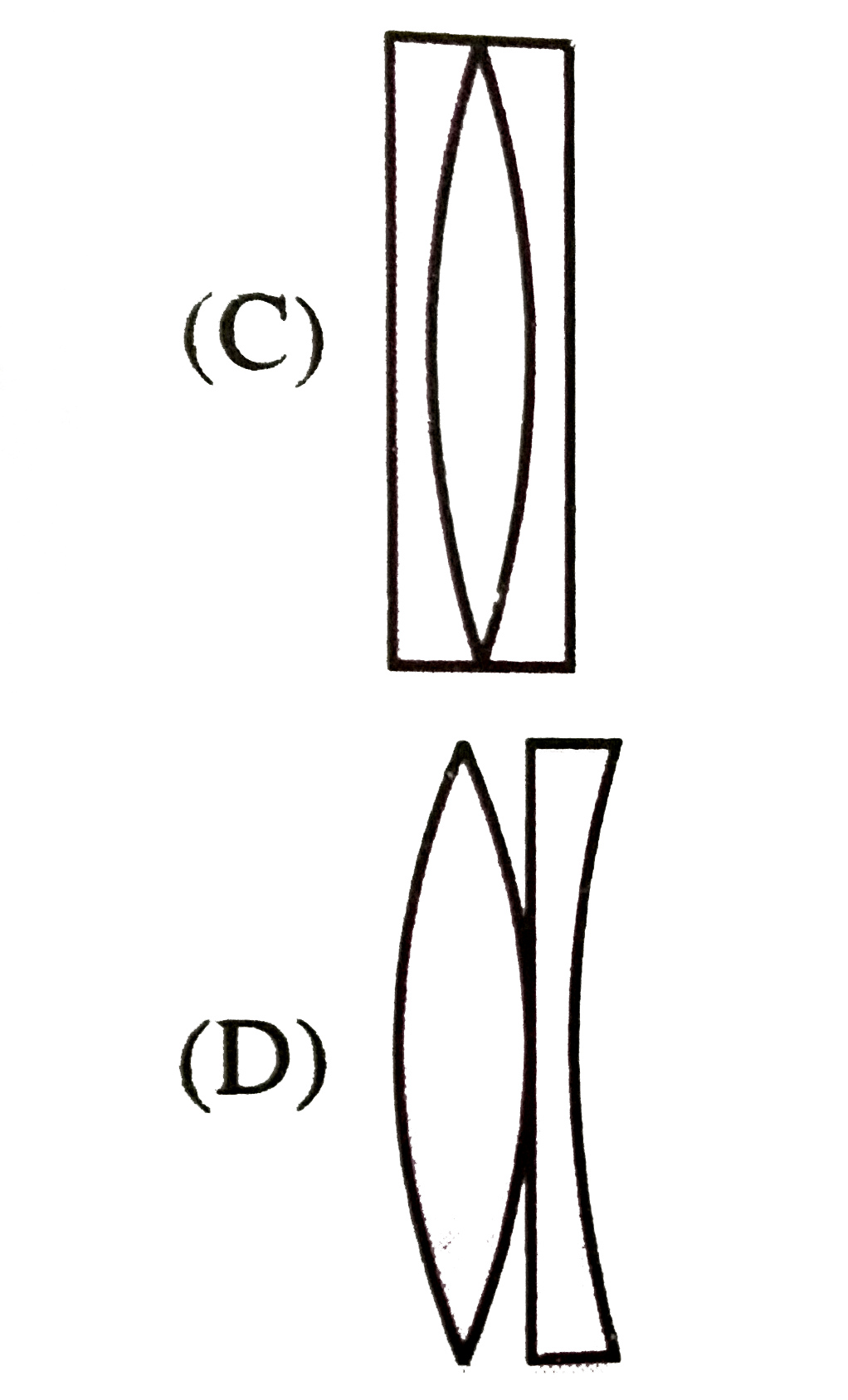A list of cranial nerves are given below
1. Optic 2. Oculomotor 3. Trochlear 4. Trigeminal 5. Abducent
Select the nerves that are involved in moving the eyes
1, 2, 3
2, 3, 5
2, 3, 4
2, 4, 5
The correct Answer is:B
To solve the question regarding which cranial nerves are involved in moving the eyes, we will analyze each of the cranial nerves listed and identify their functions.
1. Identify the Cranial Nerves: We have the following cranial nerves to consider:
- Optic (Cranial Nerve II)
- Oculomotor (Cranial Nerve III)
- Trochlear (Cranial Nerve IV)
- Trigeminal (Cranial Nerve V)
- Abducent (Cranial Nerve VI)
2. Analyze Each Nerve:
- Optic Nerve (II): This nerve is responsible for vision, not for moving the eyes. (Not involved)
- Oculomotor Nerve (III): This nerve controls most of the eye's movements, including constriction of the pupil and maintaining an open eyelid. (Involved)
- Trochlear Nerve (IV): This nerve innervates the superior oblique muscle, which is responsible for downward and lateral eye movement. (Involved)
- Trigeminal Nerve (V): This nerve is primarily responsible for sensation in the face and motor functions such as biting and chewing. It does not control eye movement. (Not involved)
- Abducent Nerve (VI): This nerve controls the lateral rectus muscle, which is responsible for moving the eye laterally (outward). (Involved)
3. Select the Involved Nerves: From the analysis, the cranial nerves involved in moving the eyes are:
- Oculomotor (III)
- Trochlear (IV)
- Abducent (VI)
4. Conclusion: The correct selection of cranial nerves that are involved in moving the eyes is Oculomotor (III), Trochlear (IV), and Abducent (VI). Therefore, the answer is 2, 3, and 5.
Final Answer:
The cranial nerves involved in moving the eyes are Oculomotor (2), Trochlear (3), and Abducent (5).
- Optic (Cranial Nerve II)
- Oculomotor (Cranial Nerve III)
- Trochlear (Cranial Nerve IV)
- Trigeminal (Cranial Nerve V)
- Abducent (Cranial Nerve VI)
- Optic Nerve (II): This nerve is responsible for vision, not for moving the eyes. (Not involved)
- Oculomotor Nerve (III): This nerve controls most of the eye's movements, including constriction of the pupil and maintaining an open eyelid. (Involved)
- Trochlear Nerve (IV): This nerve innervates the superior oblique muscle, which is responsible for downward and lateral eye movement. (Involved)
- Trigeminal Nerve (V): This nerve is primarily responsible for sensation in the face and motor functions such as biting and chewing. It does not control eye movement. (Not involved)
- Abducent Nerve (VI): This nerve controls the lateral rectus muscle, which is responsible for moving the eye laterally (outward). (Involved)
- Oculomotor (III)
- Trochlear (IV)
- Abducent (VI)
The cranial nerves involved in moving the eyes are Oculomotor (2), Trochlear (3), and Abducent (5).
Topper's Solved these Questions
Similar Questions
A list of cranial nerves are given below
1. Oculomotor 2.Trigeminal 3. Facial 4. Vestibulocochlear 5. Glossopharyngeal 6 Vagus
Select the nerves that are part of the parasympathetic division of the ANS
View SolutionWhich of the following cranial nerves are mixed ?
1. Vagus 2. Trigeminal 3. Glassopharyngeal 4. Auditory
View Solution
Knowledge Check
A list of steps involved in mechanism of vision is given below in a random order.
(i)Neural impulses are analysed and image formed on retina is recognised by visual cortex.
(ii)Membrane permeability changes
(iii)Ganglion cells are excited
(iv)Bipolar cells are depolarised
(v)Action potentials (impulse) are transmitted by optic nerves to visual cortex.
(vi)Potential differences are generated in the photoreceptor cells.
(vii)Light energy causes a change in shape of rhodopsin, leading to the dissociation of retina (an aldehyde of vitamin A ) from opsin (a protein)
(viii)Structure of opsin is changed.
Which of the following options represents these events in a correct order ?A(i),(ii),(iii),(iv),(v),(vi),(vii),(viii)B(viii),(vii),(vi),(v),(iv),(iii),(ii),(i)C(i),(iv),(iii),(ii),(vii),(viii),(vi),(v)D(vii),(viii),(ii),(vi),(iv),(iii),(v),(i)
Match List 1 with List 2. Select the correct answer using the codes given below the list.

View SolutionMatch List 1 with List 2. Select the correct answer using the codes given below the list.

View SolutionMatch List 1 with List 2. Select the correct answer using the codes given below the list.

View SolutionThe steps involved in the mechanism of vision are given below. Arrange them in proper sequence and select the correct option.
A. Dissociation of retinal from opsin and generation of potential difference in photoreceptor cells.
B. Focusing of the light rays in visible wavelength on the corner through the lens.
C. Generation of the action potential in ganglion cells through bipolar cells.
D. Analysis of neural impulse and formation of aa image on the retina.
E. Transmission of the action potential by the optic nerve to the visual cortex.
View SolutionGiven the area of the retina
1. Macula 2. Fovea centralis 3. Optic disc 4. Periphery of the retina
Choose the arrangement that lists the areas according to the density of cones, starting with the area that has highest density of cones
View SolutionIf an enzyme has been given the EC code 4.3.2.1. it is likely to be involved in
View SolutionFour combinations of two thin lenses are given in List I. The radius of curvature of all curved surfaces is r and the refractive index of all the lenses is 1.5 Match lens combinations in List I with their focal length in List II and select the correct answer using the code given below the lists.
(A) (p)2r
(B) (q)r2
( C) (r)−r
(D) (s)r.
Code :


View Solution
